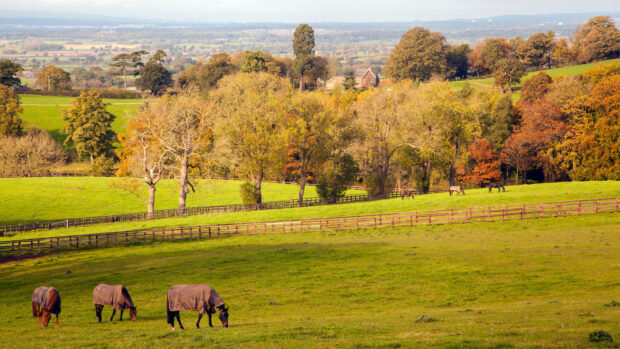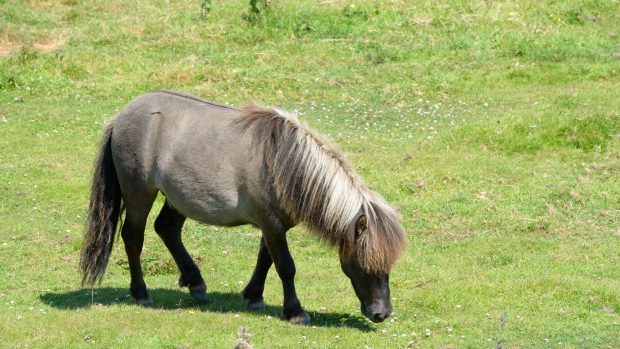Vets are reporting a significantly lower number of cases of laminitis this year, due to the lack of grass.
Kessock Equine Vets in Inverness typically treats around 40 laminitis cases each spring. This year it has seen just two.
The British Equine Veterinary Association president founded the practice.
“We cover a huge area in [northern] Scotland, and horses and ponies have come out of the winter a lot lighter,” he said. “This means the risk of laminitis is a lot lower. Horses are thinner, but we haven’t seen many that are too thin.”
At the other end of the UK, laminitis cases also appear to be down. At Liphook Equine Practice in Hampshire, vets said that the “expected spike in spring and early summer” had not materialised.
“This year we’ve definitely not seen the usual increase at this stage, though we’re waiting for it now the grass has improved,” said Sarah Boland, a partner at Liphook.
“It is partly due to the cold weather, but I also think people’s awareness of the risks of ponies being overweight and how to treat Cushing’s disease is growing.”



